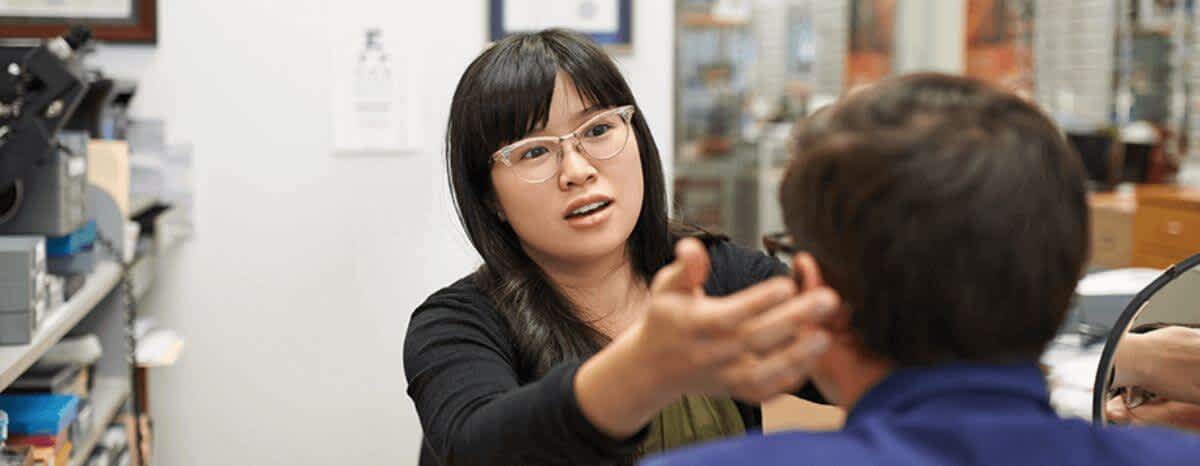Do I Need Glasses
How to know if you need glasses?
Common signs of needing glasses
Here are some common signs that indicate you may need glasses:
- Not being able to read a sign from a long distance
- Bumping into or tripping over things
- Blurred or double vision
- Eyes feeling strained while reading
- Squinting at things, frequent headaches
- Rubbing the eyes, nausea, fatigue
- Sitting too close to a computer screen
- Unable to see far away or up close
- Troubles adjusting from dark to light
- Difficulty seeing at night.
How often you should get your eyes tested?
A comprehensive eye exam by an optometrist will help you find out if you need glasses. This will include a test of your vision, as well as an eye health check. It is advised to get your eyes tested professionally every two years if you are between 8 and 40. If you are 60 or over, or have a family history of eye problems, such as glaucoma or macular degeneration, then you might need to have an eye exam more regularly.
The cost of an eye exam varies in New Zealand, but without health insurance, the cost can be generally between $60 to $99.
Costs of glasses
Once you’ve found out you do need glasses, then comes the hard part. Figuring out what style of frame looks good on you and what you can afford. Take your time. After all, you have to feel confident wearing your glasses and there will be probably quite a few to try on.
Budget is also a factor in choosing the right type of frames. Typically there is less to choose from in the cheaper range and more choice in the medium to higher price range. It’s not unusual to expect to pay around $500 or more for designer frames with standard lenses. However, you can find frames for under $100 that aren’t a designer brand.
There are also lots of add-ons that can help refine your glasses so you have a more comfortable experience. Anti-reflective coatings, UV coatings, transition lenses and more, these can all push up the price.
The most common lenses are single vision, which allow you to view one distance only - near, intermediate or distant. Standard single vision lenses are often included as a package deal with the frames. If you need specialised lenses like bifocals or progressive lenses then you’ll pay more. You may also have to pay more if you want lenses that are thinner, flatter and lighter than standard lenses.
Benefit of health insurance that includes optical cover
It’s always a good idea to check if glasses are included in your home and contents insurance. Often insurance companies won’t cover you if the glasses are stolen or broken outside the home. Some optometrists may offer optical insurance to cover you if your glasses get broken, scratched or stolen for a yearly premium and excess. Always make sure you have read the fine print for exclusions and special conditions to make sure you’re fully covered.
Another alternative is to get a nib everyday cover health insurance plan that covers you for the big three - dental, GP visits and optometrist, as well as many other treatments such as remedial massage, physio and acupuncture. With a standard plan, you can claim back 60% for optical examinations, plus new prescription glasses and contact lenses up to an annual benefit limit of $350. With a premium plan, you can claim back 80% of optometrist costs up to an annual benefit limit of $500.
Avoid the stress of eye care now and in the future. Get a quote from nib today for everyday health insurance that covers eye exams, glasses, and contact lenses.
Compare Private Hospital Compare Everyday health
Want to know more?
Important things to know
Information correct as at September 2018
